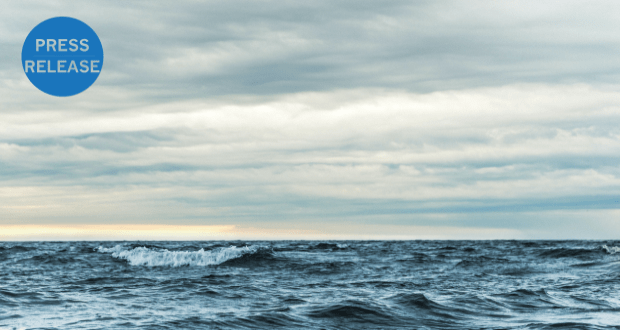Offshore wind can deliver “80 gigawatts” of power, almost ten times the size of Ireland’s grid of “5-and-a-half gigawatts,” CEO of Shannon Foynes Port Company Pat Keating declared.
Mr Keating was addressing the Joint Committee on Environment and Climate Action.
Committee Chair Brian Leddin, Green Party TD, noted that that the war in Ukraine has pushed to centre-stage the committee’s work on coastal renewable energy.
“What we have is a huge natural energy resource in this country, that is obviously too big for local demand,” Mr Keating said.
He pointed out that the 80 gigawatts is a known quantity, “a definitive resource”, unlike oil and gas, which depend on exploration to establish whether reserves actually exist.
The Government’s target of five gigawatts of offshore wind energy by 2030 “is based on local demand,” he said, adding it is “inconsistent with where the sector is going”.
Those five gigawatts are to be generated off the east and south coasts, where shallow water suits wind farms built on a solid foundation, or fixed platform.
However, the committee heard that the deep waters off Ireland’s west coast are suited to floating platforms.
Mr Keating said that investors see those floating facilities as being more productive and efficient, also noting that they are “out of sight” from land.
But he said investors looking at Ireland need a signal from the Government that it supports floating platforms.
Without this, Mr Keating warned that “what is widely renowned as the best resource in Europe – if not the world – becomes un-investable”.
He pointed to Ireland’s chief competitor in wind energy.
“We can learn a lot from how the UK has approached this”, he said.
Ireland is at least “five or six years” behind them, Mr Keating said, adding that companies now making a “once in a 25-year investment decision” are choosing places like Scotland.
Those investments are funding the establishment of a supply chain outside of Ireland, which raises the danger that “what we end up with is a commodity resource, rather than a value-add resource,” Mr Keating added.
Scotland has gone “straight to floating [platforms]”, rather than focusing on fixed platformed wind farms, he said.
And its wind energy agency, ScotWind, has already held an auction for offshore licences, with most going to floating platforms.
It secured £700 million (€841 million) for sixteen offshore wind projects, Mr Keating said.
These are the types of revenue Ireland could be raising, he told the committee.
“The market is more than willing”, he said, but warned that in Ireland “there is no process to engage the market”.
Original article – https://www.rte.ie/news/ireland/2022/0322/1287819-offshore-energy/



